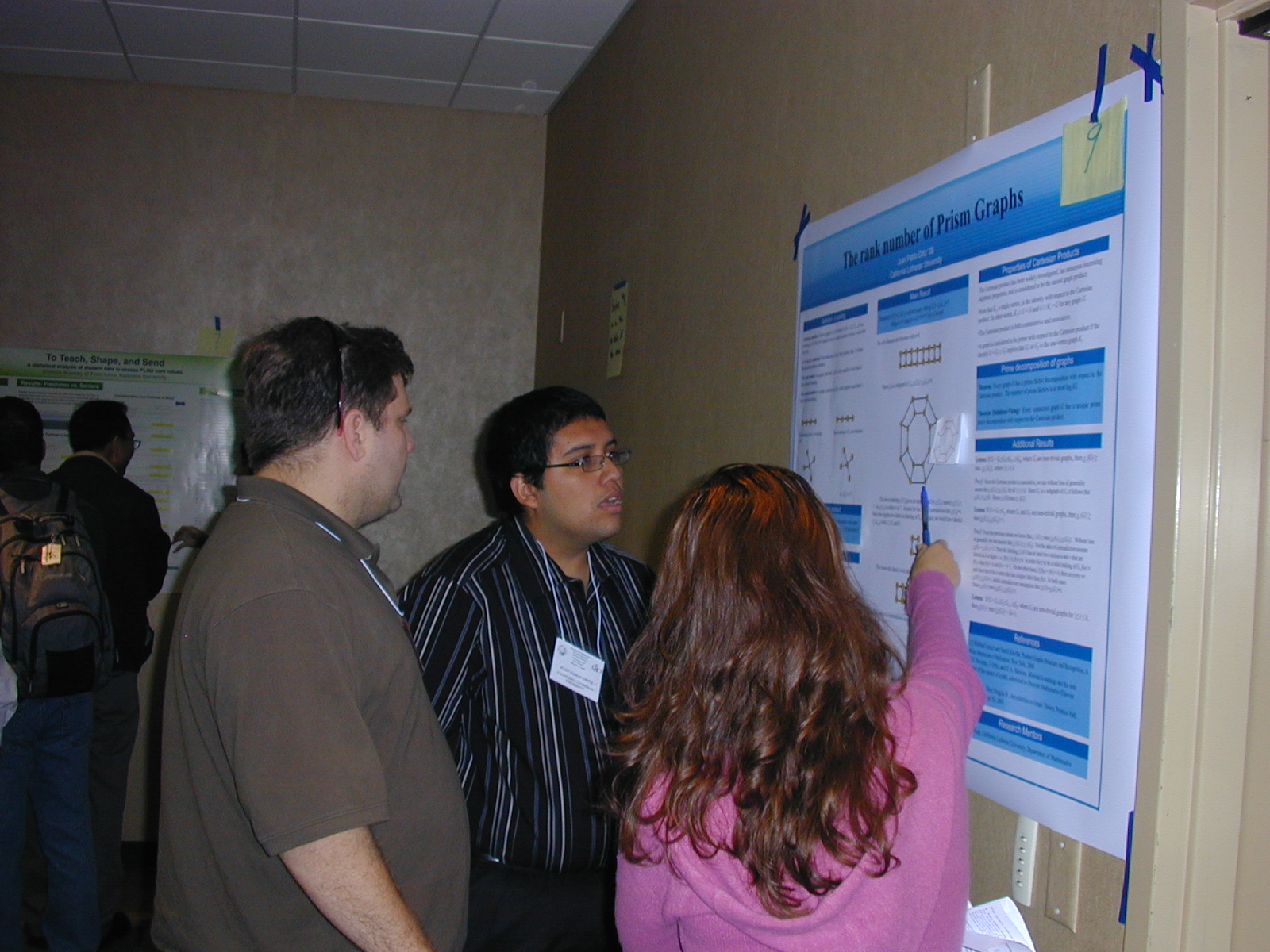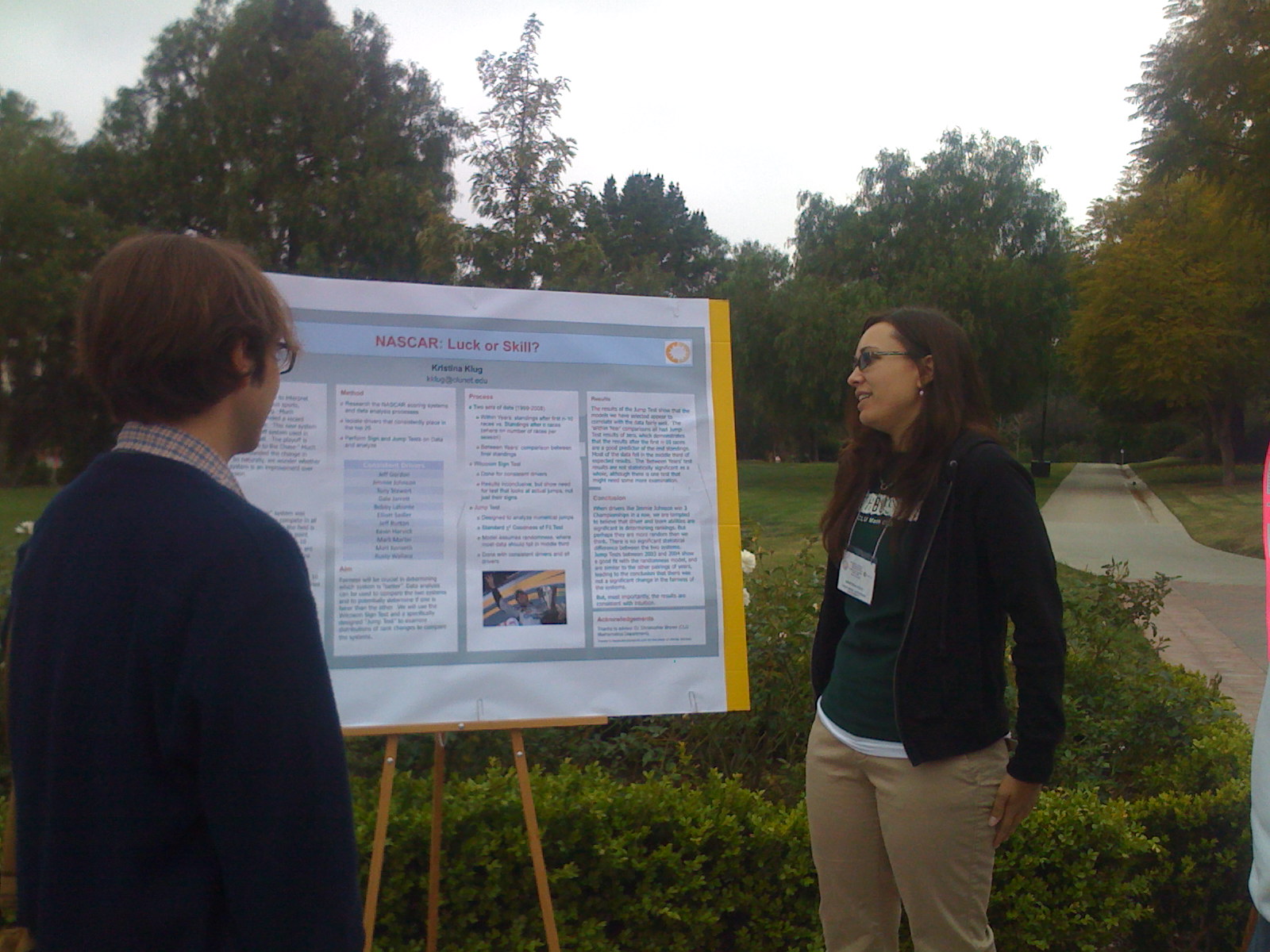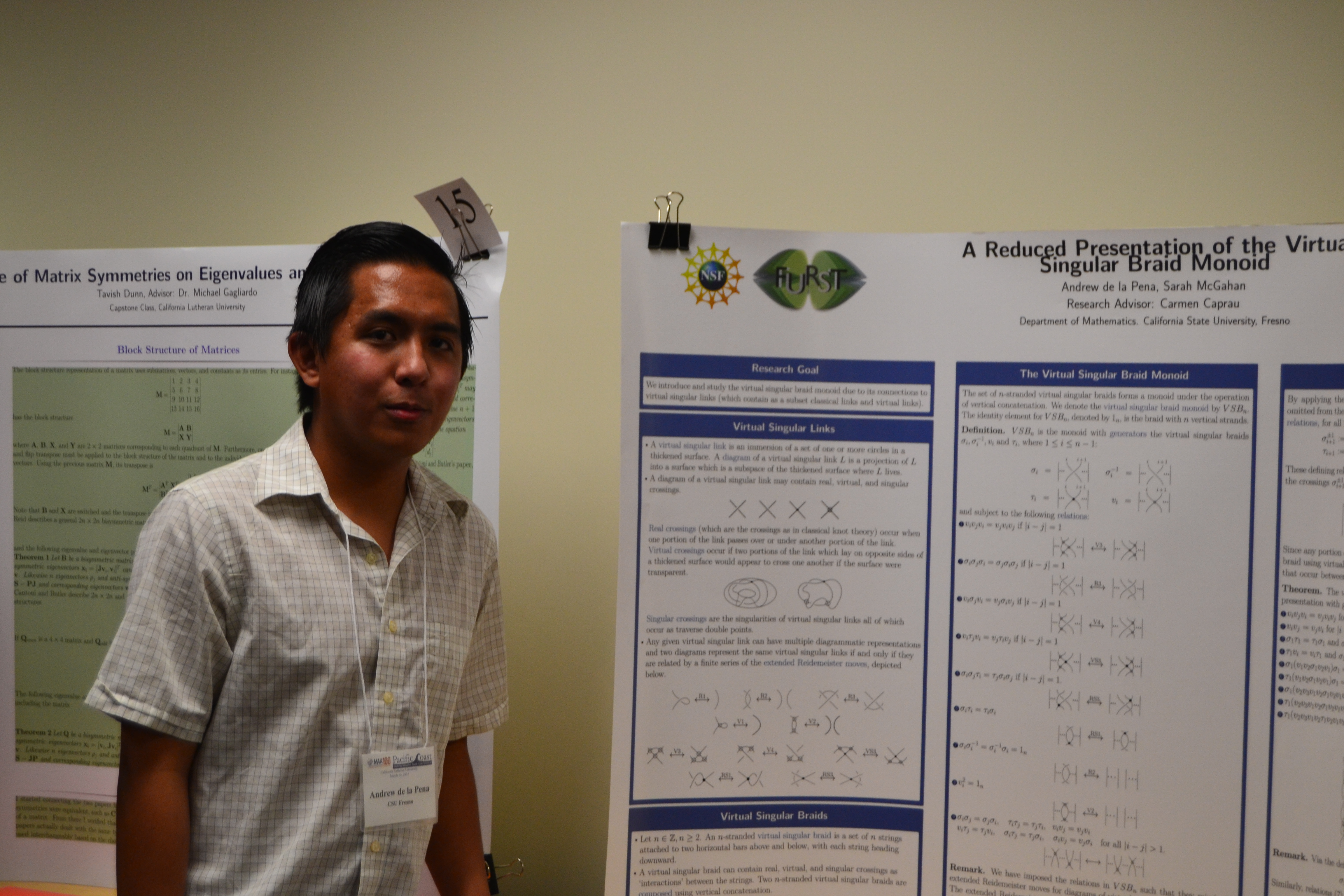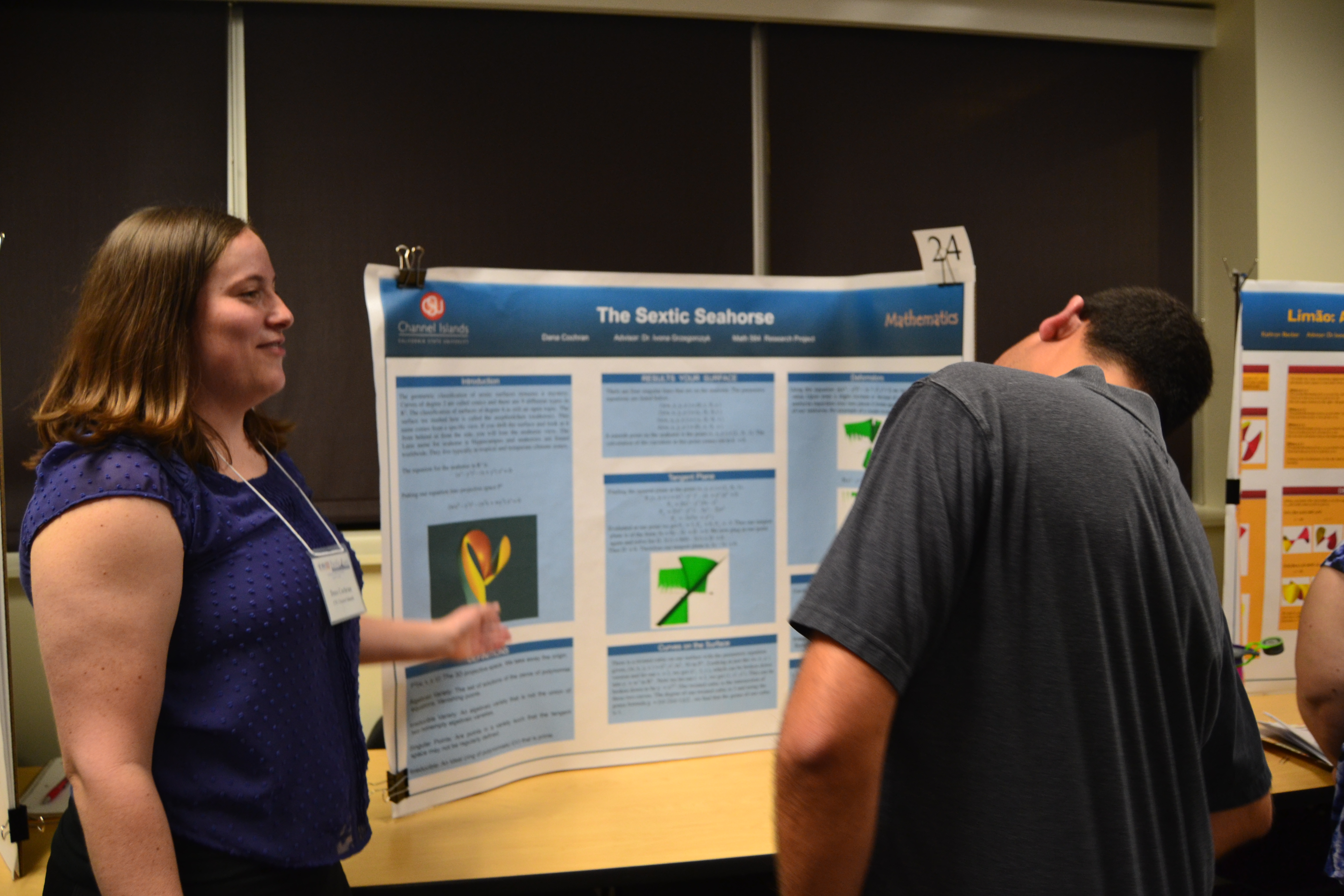Register
Click here to register online, and pay with a credit card (deadline Monday, March 28th at 5:00pm).
Click here to register by mail (pdf) and pay by check (deadline: received by Monday, March 28, 5pm).
Students applying to present a poster register by submitting their poster application by Wed Mar 23, 5:00pm (More info)
Spring 2016 SoCal-Nev Section Meeting
Loyola Marymount University, Westchester, California
Life Sciences Building
Saturday, April 2, 2016
(Directions and Map)
Welcome CURM participants! This year, undergraduate students and faculty members participating in the CURM (Center for Undergraduate Research in Mathematics) program will be joining us for the conference. The CURM students will be giving presentations on their research throughout the conference. More details about CURM can be found at http://curm.byu.edu.
Tentative Schedule
- 8:00-12:00 Registration
Life Sciences Building Courtyard - 8:00-10:30 Refreshments
Life Sciences Building Courtyard
- 8:30-2:30 MAA Book Sale
Life Sciences Building Room 118 -
8:30-8:40 Welcome!
Life Sciences Building Auditorium, Room 120 - 8:40-9:40 Invited Address by Aparna Higgins, Univ. of Dayton and California Lutheran Univ.
Demonic Graphs and Undergraduate Research
Life Sciences Building Auditorium, Room 120 - 9:45-10:00 Section Business Meeting
Presentation of Section Distinguished Teaching Award
Life Sciences Building Auditorium, Room 120 - 10:00-10:15 Morning Break
Life Sciences Building Courtyard - 10:15-11:15 Student Poster Session
View the Call for Posters and apply on-line.
Organized by Julie Bergner, UC Riverside
Life Sciences Building William H. Harron Courtyard - 11:15-12:15 Invited Address by Michael Dorff, Brigham Young University
Movies and math – the past, present, and the future
Life Sciences Building Auditorium, Room 120 - 12:15-1:30 Lunch
Life Sciences Building Terrace - 1:30-2:30 Invited Address by Satyan Devadoss, Williams College
The Shape of Associativity
Life Sciences Building Auditorium, Room 120 - 2:30-2:45 Presentation of Student Poster Session prizes and certificates
Life Sciences Building Auditorium, Room 120 - 2:45-3:00 Afternoon Break
Life Sciences Building Courtyard - 3:00-4:00 Invited Address by Dominic Klyve, University of Central Washington
Mathematical Fights: The seedy underbelly of mathematical history
Life Sciences Building Auditorium, Room 120
Directions and Maps
Directions Driving directions to the campus can be found on LMU's Driving Directions webpage.
All conference events will be in the Life Sciences Building. Parking is available in the structure beneath Life Sciences Building. No permit is required. Conference map and directions.
General Campus and Parking Maps are available here.
Registration Fees
| Pre-Registration | |
| Nonmember | $45 |
| MAA Member | $40 |
| Student | $15 |
Student poster presenter (2 free registrations per poster included as part of the poster application process) |
$0 |
| Italian Buffet Lunch The buffet includes vegetarian options |
|
| MAA Member, Non-member, Student | add $10 |
| Student poster presenter (two free lunches per poster) | $0 |
On-site registration will be available for the meeting, but will be $5 more than the pre-registration charge.
Register by mail
Click here to register by mail, and pay by check (deadline Monday, March 28, 5pm).
Aparna HigginsUniversity of Dayton and California Lutheran University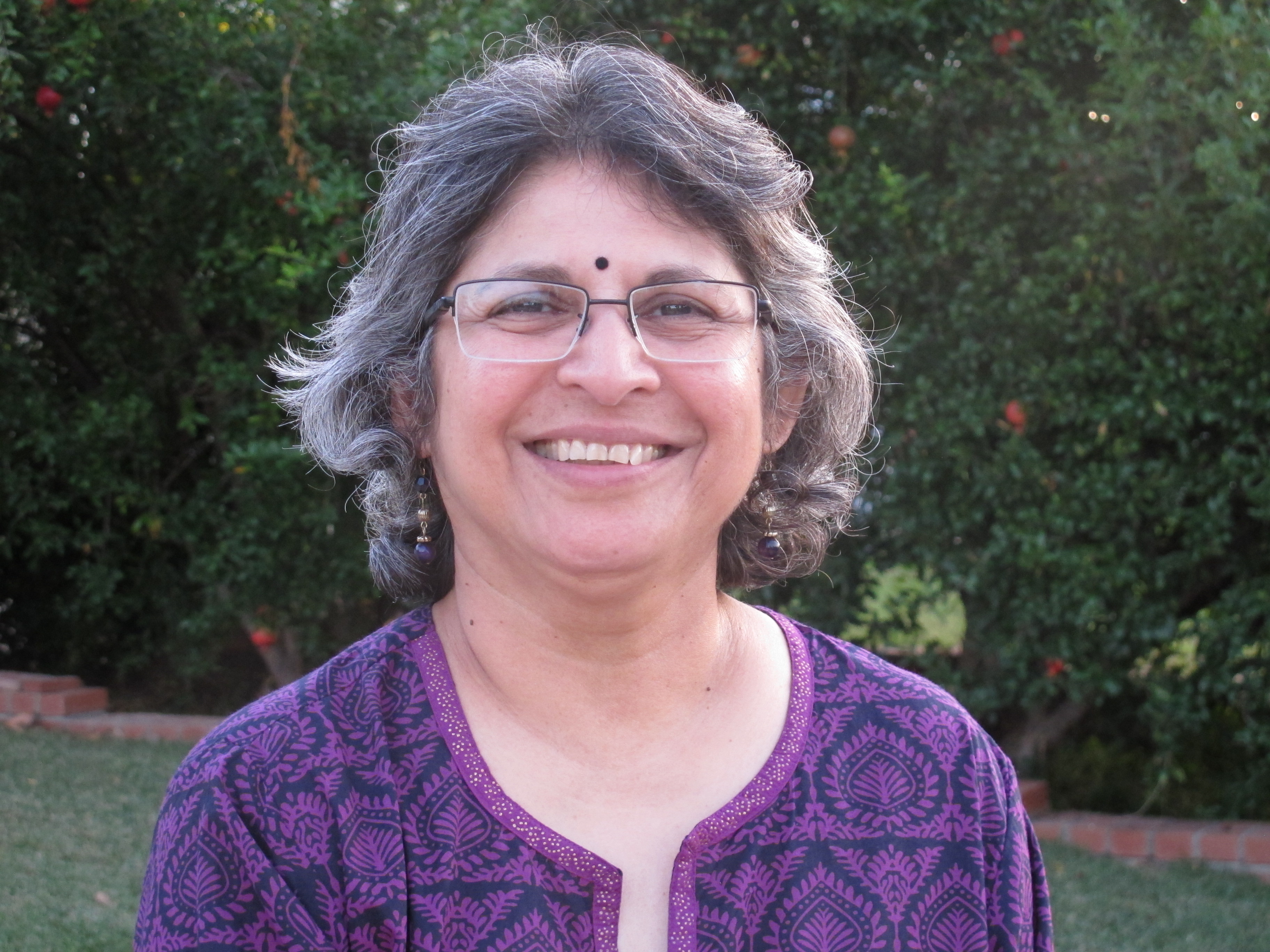 |
Aparna Higgins grew up in Bombay, India, where she did her undergraduate work in mathematics. She earned her Ph.D. degree in mathematics from the University of Notre Dame in 1983. Her dissertation was in universal algebra, but her current research interests are in graph theory. She has taught at the University of Dayton, Ohio, since 1984. Although she enjoys teaching the usual collection of undergraduate courses, her most fulfilling experiences as a teacher have come from directing undergraduates in mathematical research. In addition to advising honors theses and co-directing an NSF REU, she has presented workshops (often with Joe Gallian) at mathematics meetings on directing undergraduate research. Aparna has been the recipient of four teaching awards – College-wide and University-wide awards from the University of Dayton, an award from the MAA Ohio Section, and in 2005, the MAA Deborah and Franklin Tepper Haimo Award for Distinguished College or University Teaching. Aparna has served the MAA in many capacities, including chairing the Committee on Student Chapters and serving a five-year term as Director of Project NExT. She and her husband Bill Higgins, a mathematician at Wittenberg University in Springfield, Ohio, are currently on sabbatical at California Lutheran University. |
Demonic Graphs and Undergraduate Research
Working with undergraduates on mathematical research has been one of the most satisfying aspects of my professional life. This talk will highlight some of the beautiful and interesting research done by my former undergraduate students on line graphs and pebbling on graphs. We will consider line graphs, some pioneering results in pebbling graphs, and pebbling numbers of line graphs. This work has inspired other students to investigate questions in these areas, and it has contributed to my research as well.
Michael DorffBrigham Young University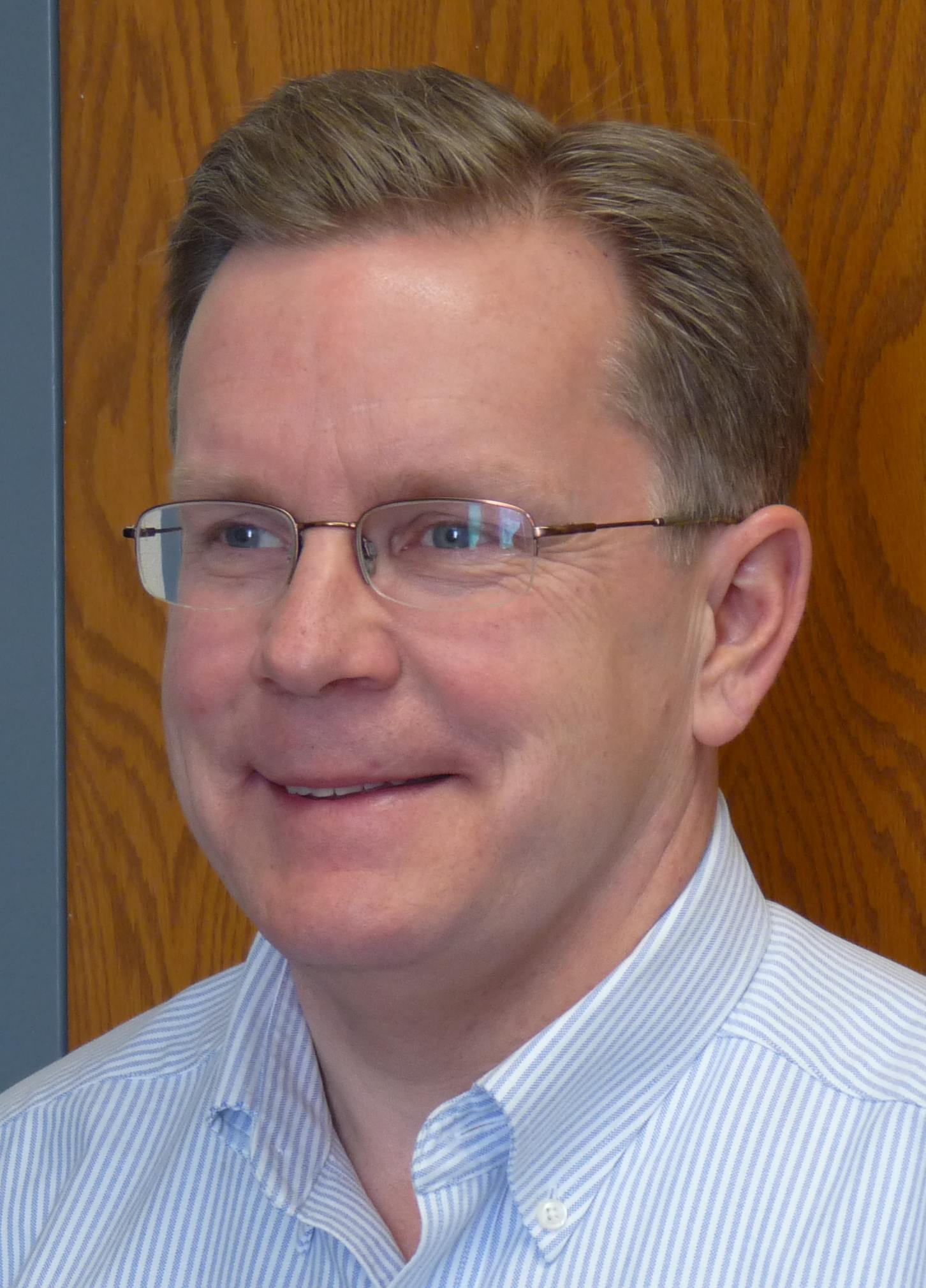 |
Michael Dorff is the department chair and professor of mathematics at Brigham Young University. He earned his Ph.D in 1997 from the Univ. of Kentucky in complex analysis, has published about 35 refereed papers, and has given over 250 talks on mathematics. He is interested in undergraduate research, in non-academic careers in mathematics, and in promoting mathematics to the general public. Currently, he co-directs two NSF funded programs: CURM (the Center of Undergraduate Research in Mathematics) and PIC Math (Preparation for Industrial Careers in the Mathematical Sciences). He was a Fellow of the AMS, a Fulbright Scholar in Poland, and received a national Haimo Teaching Award from the MAA. He is married with 5 daughters. In any free time he has, he enjoys reading, running, and traveling. |
Movies and math – the past, present, and the future
What’s your favorite recent movie? Frozen? The Avengers? Avatar? Transformers? What do these and all the highest earning Hollywood movies since 2000 have in common? Mathematics! You probably didn’t think about it while watching these movies, but math was used to help make them. In this presentation, we will discuss how math is being used to create better and more realistic movies. Along the way we will discuss some specific movies and the mathematics behind them. We will include examples from Disney’s 2013 movie Frozen (how to use math to create realistic looking snow) to Pixar’s 2004 movie The Incredibles (how to use math to make an animated character move faster). Come and join us and get a better appreciation of mathematics and movies.
Satyan DevadossWilliams University and Harvey Mudd University |
Satyan Devadoss is a professor of mathematics at Williams, a visiting professor at Harvey Mudd, and holds a Ph.D. from Johns Hopkins. He is an inaugural Fellow of the AMS and has received the Alder and Haimo national teaching awards from the MAA. His works range from cartography and origami to phylogenetics and art, attracting support from the National Science Foundation, the John Templeton Foundation, the Mellon Foundation, and the Department of Defense. In addition to invitations at Google, Pixar, and LucasFilm, he has held visiting positions at Ohio State, UC Berkeley, the Mathematical Sciences Research Institute, and Stanford. |
Shape of Associativity
Associativity is ubiquitous in mathematics. Unlike commutativity, its more popular cousin, associativity has for the most part taken a backseat in importance. But over the past few decades, this concept has blossomed and matured. We start with a brief look at three fields of mathematics where this has transpired, and then explore the visualization of associativity.
Dominic KlyveUniversity of Central Washington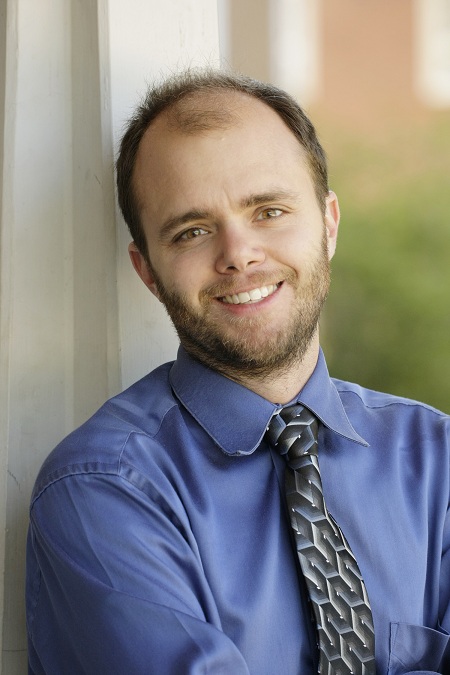 |
Dominic Klyve (KLEE-vee) is an Associate Professor of Mathematics at Central Washington University, and the Director of the William O. Douglas Honors College. He is the author of more than 35 papers in number theory, the history of mathematics and science, and applied statistics. He is nationally recognized for promoting the use of primary sources in the teaching of mathematics. He is the founding director of the Euler Archive, and recently won a $1.5 Million grant from the National Science Foundation to design and disseminate classroom modules to teach standard topics in mathematics via primary sources. Dr. Klyve also works in applied statistics, especially in the interdisciplinary contexts. His applied statistics have appeared in a wide variety of journals, ranging from Gastrointestinal Endoscopy to Shakespeare Quarterly. |
Mathematical Fights: The seedy underbelly of mathematical history
Although students are often led to believe that mathematics is a purely rational, unemotional, and orderly field of study, history shows that this is often not the case. This talk will discuss some of the greatest fights in the history of mathematics. We will hear stories of friendships destroyed and national rivalries heightened because of disagreements about underlying mathematics. We will consider what these fights teach us about the nature of mathematics, and we will learn some interesting math on the way.
Student Poster Session
Both undergraduate and graduate students are invited to present a poster at the Spring Section Meeting of the MAA.
Here are some ideas of what students can present:
- Results of masters thesis, honors, senior, or independent study projects
- Results of classroom projects or modeling contests
- Results of REUs or other summer research programs
- Historical investigations in pure or applied mathematics
- Solutions of problems from the Putnam Exam or from the Monthly or other journals
The Student Resources page of the MAA website has useful articles about writing an abstract and giving presentations. Be sure to check it out for helpful tips!
Direct questions to the Student Chapters Coordinator.
